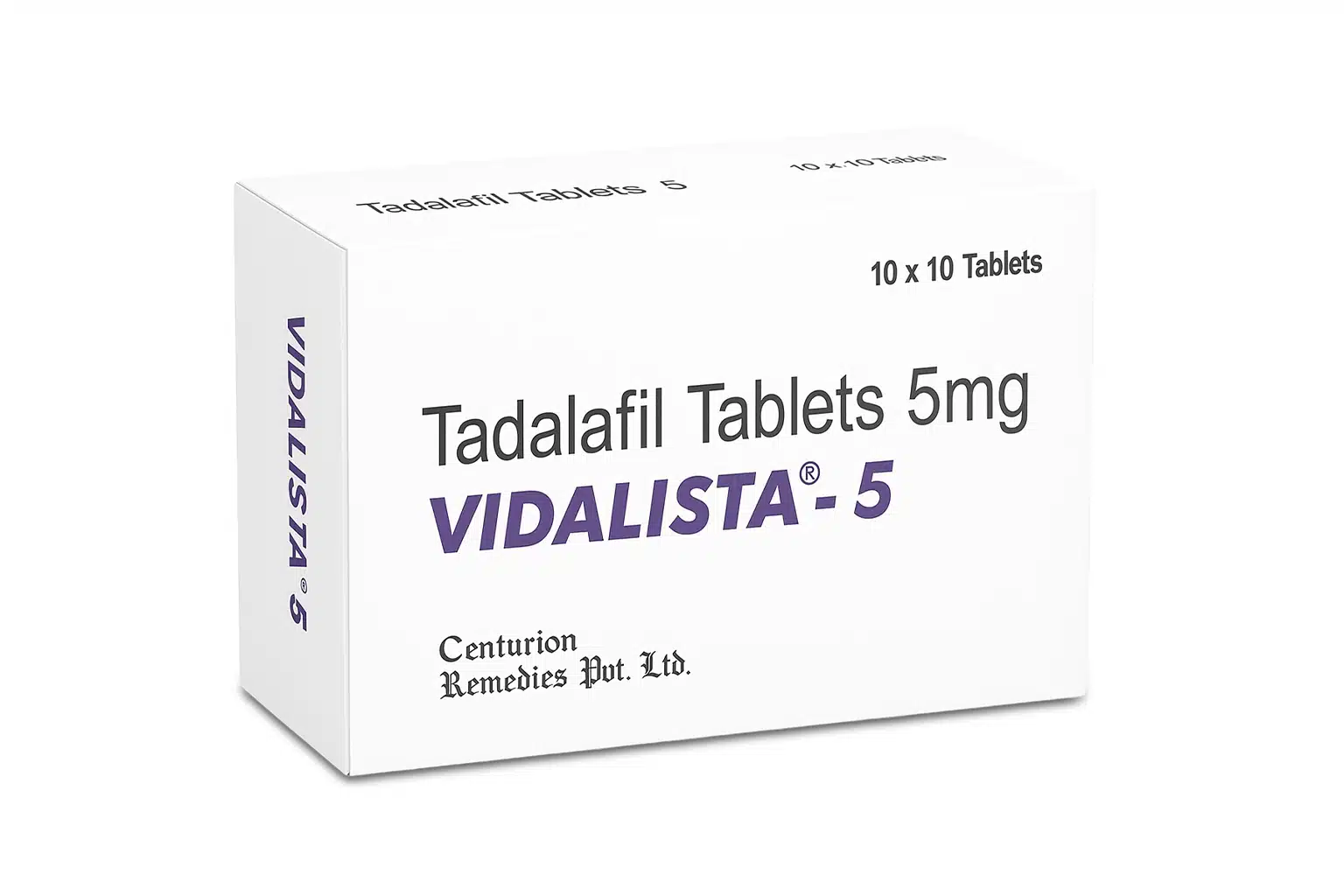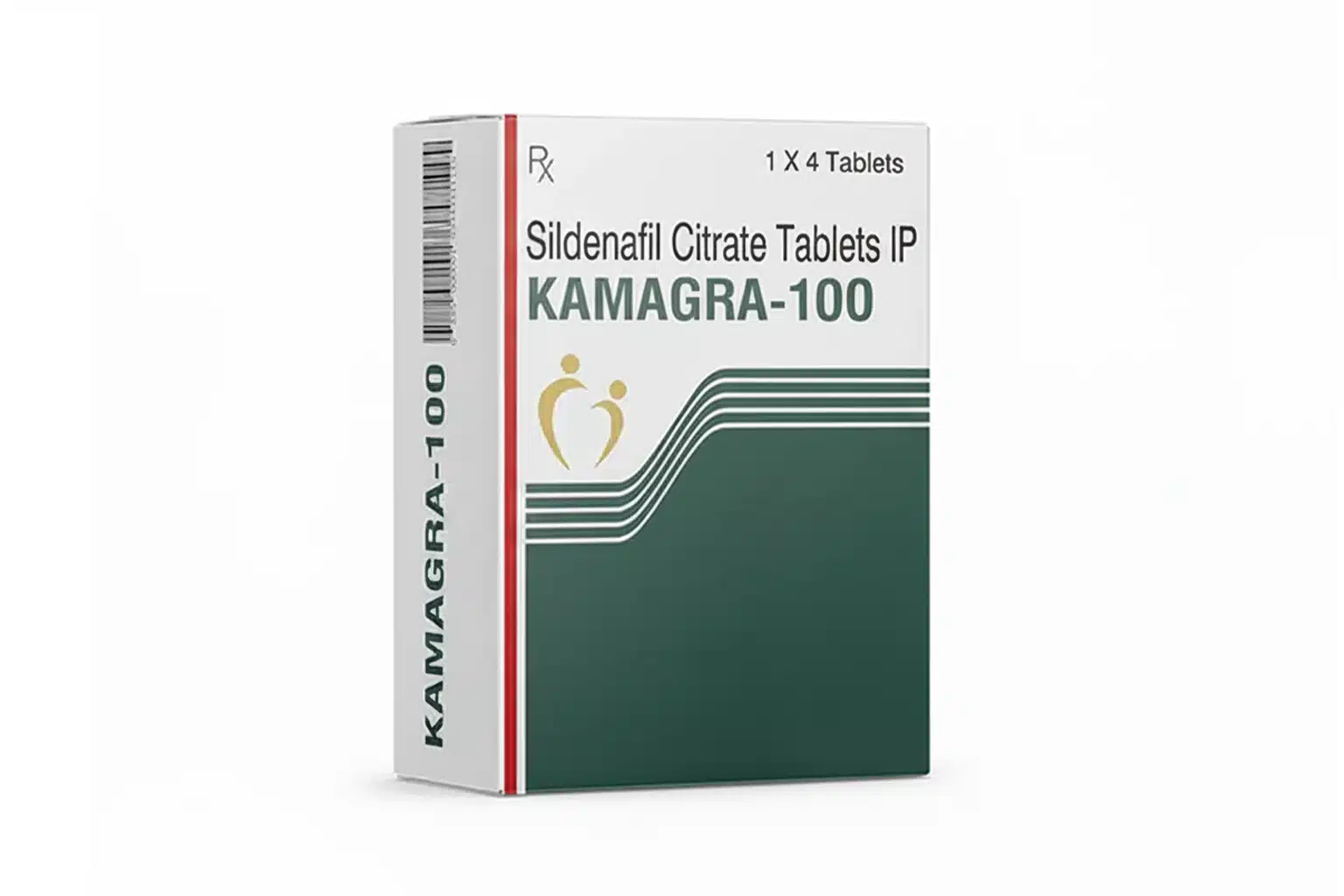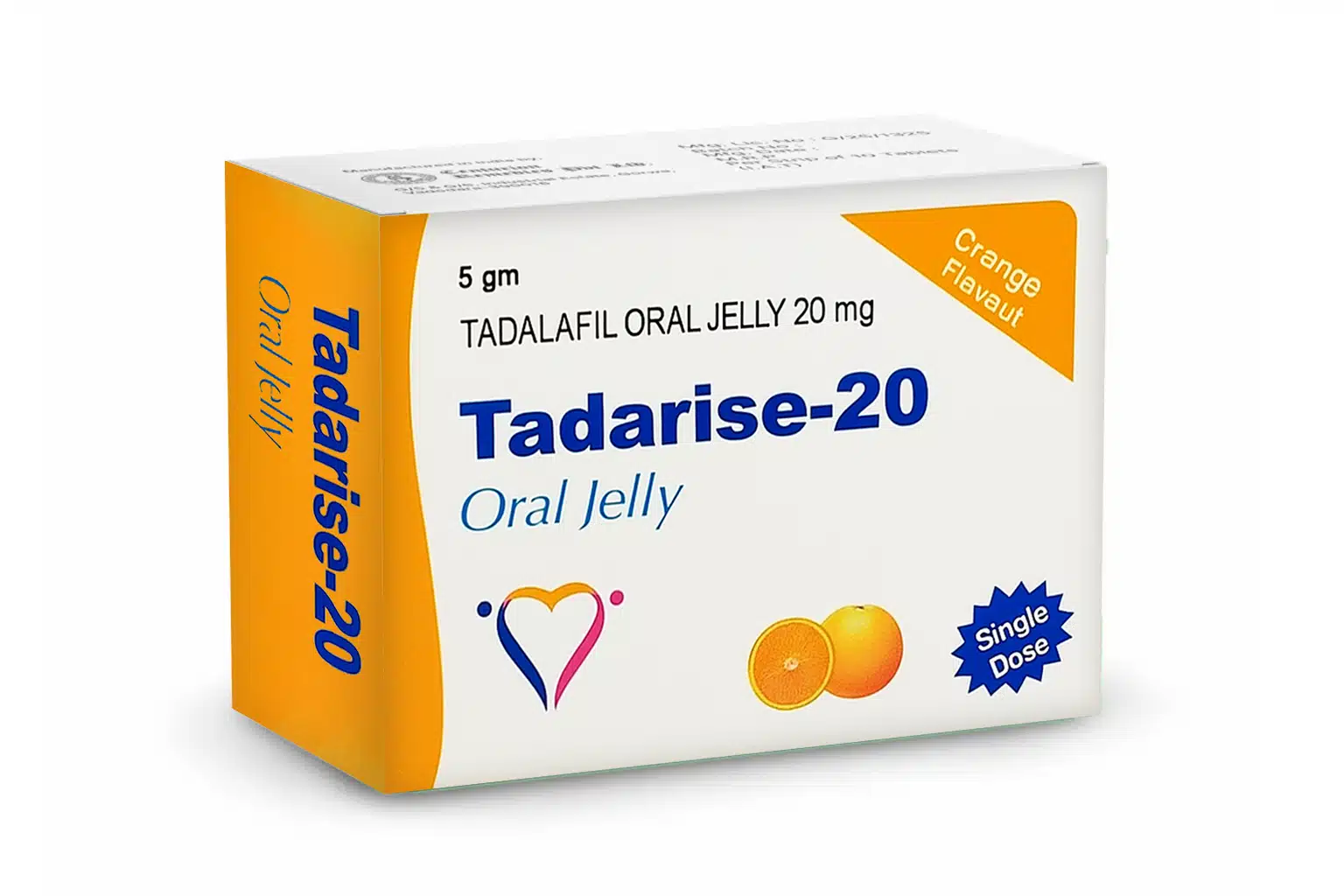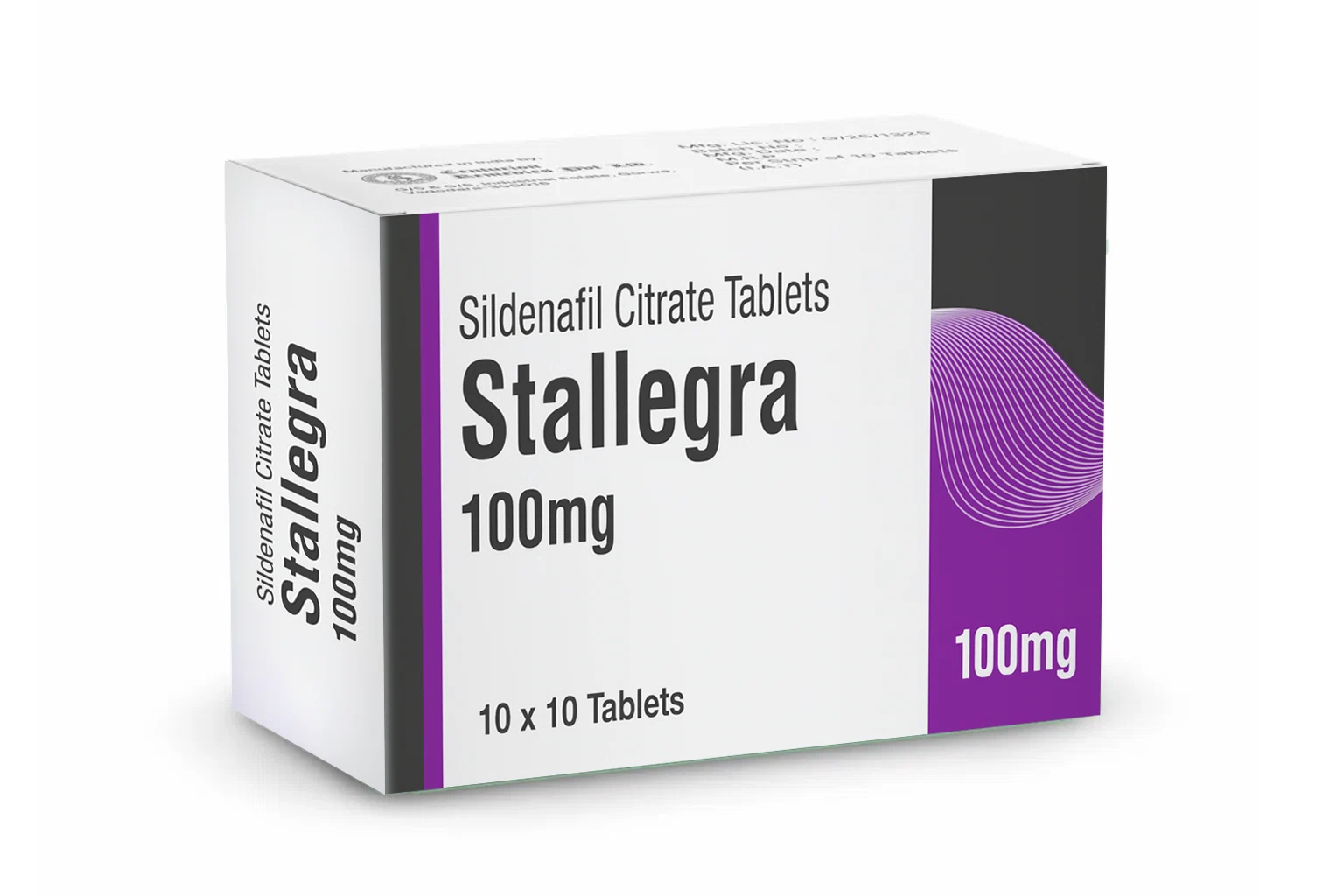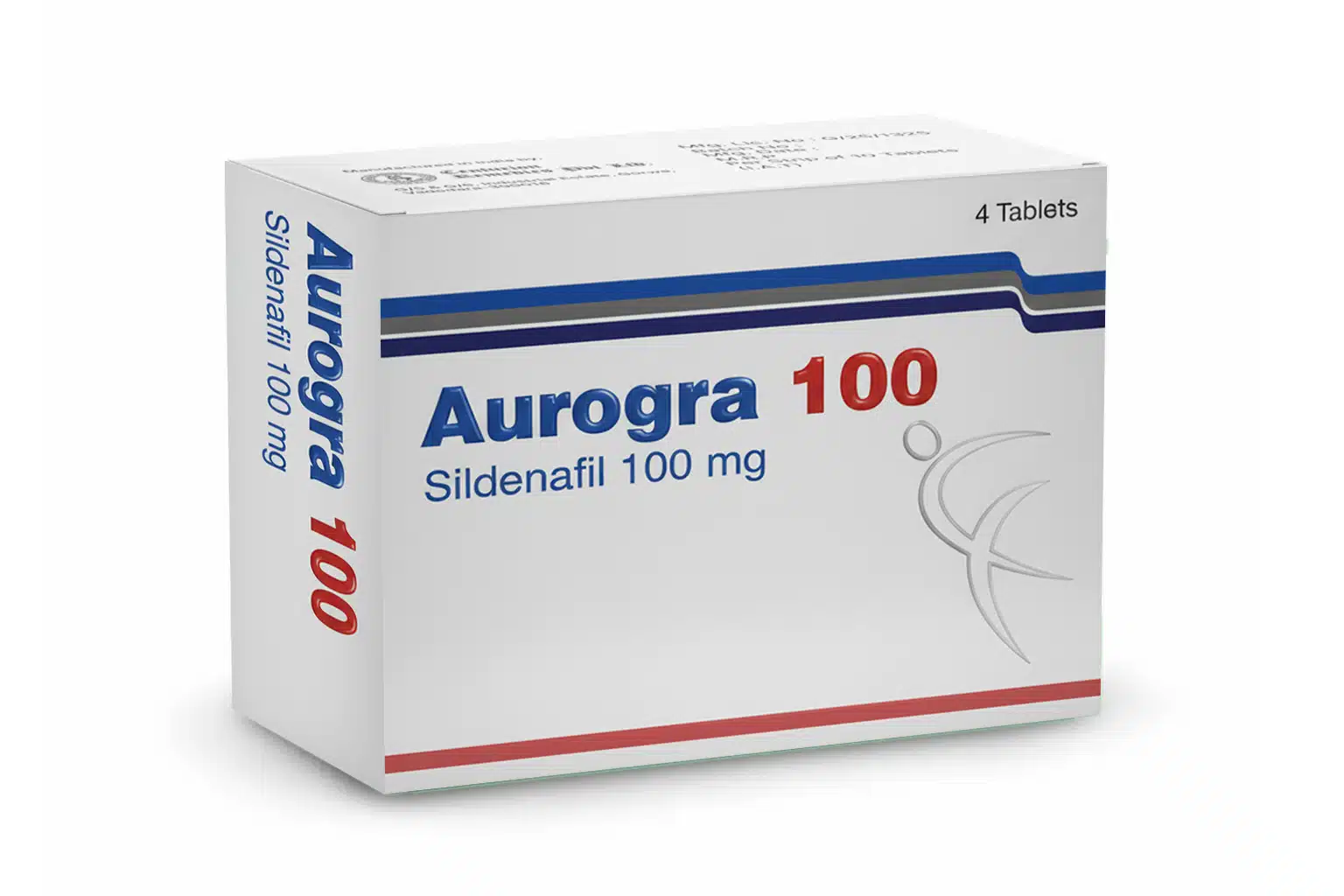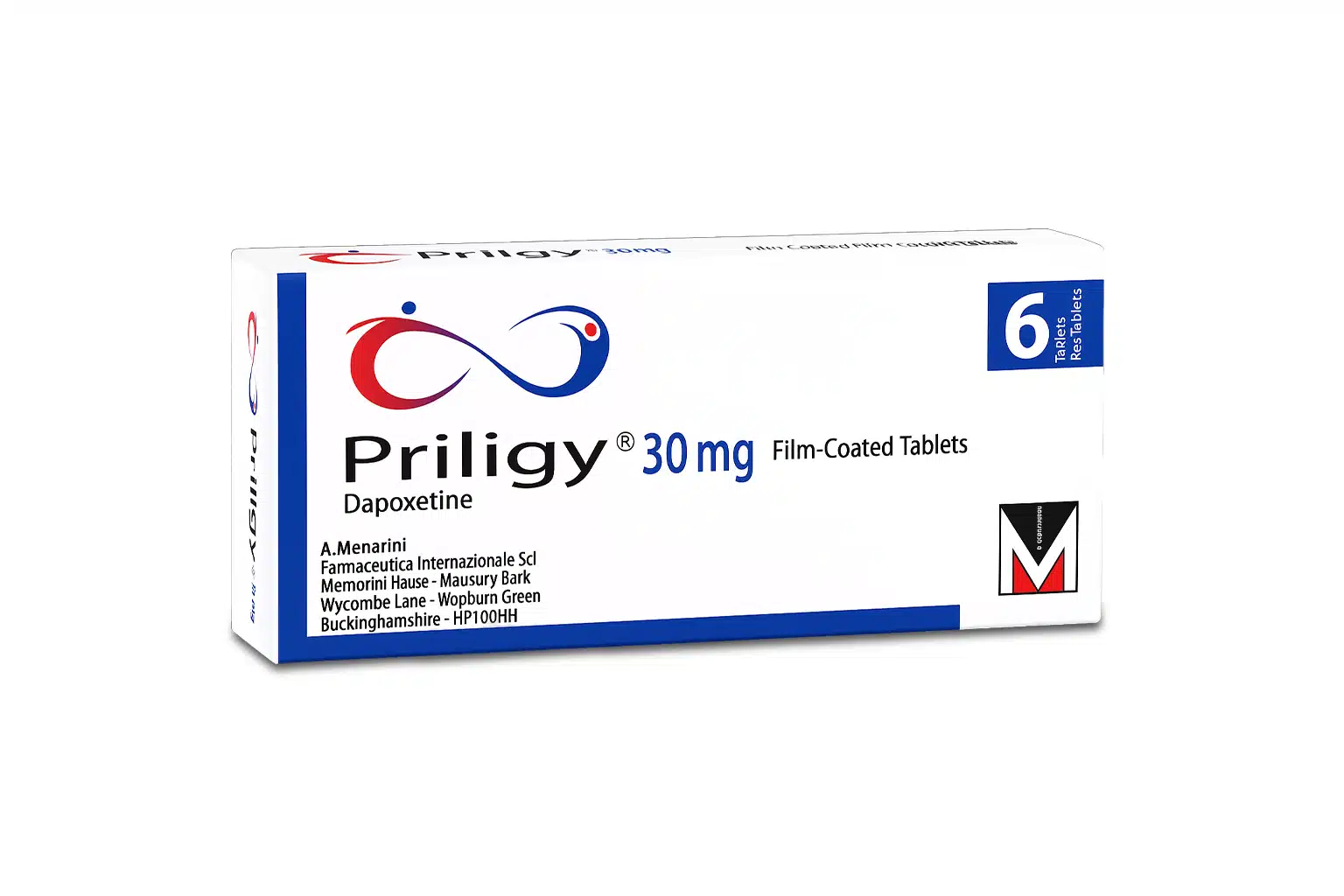Who can be a candidate for this?
Penile implants are generally recommended when ED hasn’t improved with less-invasive treatments (oral medications like sildenafil, vacuum pumps, or injections), or when those options are medically unsafe or unacceptable to the patient. Men with severe Peyronie’s disease (scar tissue that causes curvature) or those whose erections are permanently damaged after surgery or pelvic trauma may also be candidates. Doctors will review overall health — especially heart disease control, diabetes control, and infections — before recommending surgery.
Penile implants and ED medications are two very different solutions for erectile dysfunction, but both play an important role depending on the severity of the problem. Most men first try oral medications like sildenafil or tadalafil-based drugs, including Vidalista 2.5 mg, which work by improving blood flow to the penis and helping achieve a natural erection. These medications are usually effective for mild to moderate ED and are non-invasive, making them the first line of treatment.
However, when pills, injections, or pumps fail — especially in men with severe vascular disease, diabetes-related ED, or after prostate surgery — penile implants may be considered. Unlike medications that rely on natural blood vessel response, implants are surgically placed devices that mechanically create an erection on demand. This makes them a reliable, long-term solution for men who no longer respond to drugs. While ED medications are convenient and easy to use, penile implants offer permanence and high satisfaction rates when all else fails, making them a critical option in the treatment spectrum for erectile dysfunction.
Types of penile implants (the basics)
There are two main families of devices:
- Inflatable implants — the most common and most “natural-feeling” option. A typical three-piece system includes two cylinders inside the penis, a fluid reservoir under the abdominal wall, and a pump in the scrotum. When you squeeze the pump, fluid moves into the cylinders and the penis becomes erect; a release valve returns the fluid to the reservoir. Two-piece systems are similar but have different reservoir/pump arrangements.
- Malleable (semirigid) implants — bendable rods placed into the penis. They keep the penis firm but can be manually positioned up for sex and down for concealment. They’re simpler mechanically and may be chosen for manual ease or certain medical situations.
Each type has advantages: inflatable implants usually look and feel more like a natural erection and can be concealed when flaccid; malleable implants are simpler, often cheaper, and have fewer moving parts. Your surgeon will discuss which is best for your anatomy, dexterity, and lifestyle.
The surgery and recovery — what to expect
Penile implant surgery is done under anesthesia and usually takes around 1–2 hours. Most men go home the same day or after a short overnight stay. Surgeons place the device inside the erectile chambers (corpora cavernosa) and, for inflatable devices, position a pump in the scrotum and a reservoir in the pelvis or lower abdomen.
Typical recovery steps:
- Expect soreness and swelling for a few days; pain is usually managed with short-term pain medicine.
- Light activities resume in days; heavy lifting should be avoided for several weeks.
- Surgeons commonly advise waiting about 4–6 weeks before having sex to allow tissues to heal and reduce risk of device problems.
Best Seller
-
Cenforce 100 Mg
Best Seller$24.00 – $215.00Price range: $24.00 through $215.00Rated 5.00 out of 5Shop Now This product has multiple variants. The options may be chosen on the product page -
Vidalista 5 Mg
Best Seller$18.00 – $182.00Price range: $18.00 through $182.00Rated 4.00 out of 5Shop Now This product has multiple variants. The options may be chosen on the product page -
Vidalista 40 Mg
Best Seller$28.00 – $276.00Price range: $28.00 through $276.00Rated 4.00 out of 5Shop Now This product has multiple variants. The options may be chosen on the product page -
Cenforce 200 Mg
best sellers$31.00 – $335.00Price range: $31.00 through $335.00Rated 4.00 out of 5Shop Now This product has multiple variants. The options may be chosen on the product page -
Cenforce Fm
Best Seller$33.00 – $218.00Price range: $33.00 through $218.00Rated 4.00 out of 5Shop Now This product has multiple variants. The options may be chosen on the product page -
Kamagra 100 mg
best sellers$24.00 – $125.00Price range: $24.00 through $125.00Rated 5.00 out of 5Shop Now This product has multiple variants. The options may be chosen on the product page -
Fildena 100 mg
best sellers$24.00 – $244.00Price range: $24.00 through $244.00Rated 4.00 out of 5Shop Now This product has multiple variants. The options may be chosen on the product page -
Malegra Oral Jelly 100 Mg
Best Seller$8.00 – $44.00Price range: $8.00 through $44.00Rated 5.00 out of 5Shop Now This product has multiple variants. The options may be chosen on the product page -
Super Kamagra Oral Jelly
Best Seller$25.00 – $120.00Price range: $25.00 through $120.00Rated 4.00 out of 5Shop Now This product has multiple variants. The options may be chosen on the product page -
Tadarise Oral Jelly
Best Seller$19.00 – $72.00Price range: $19.00 through $72.00Rated 4.00 out of 5Shop Now This product has multiple variants. The options may be chosen on the product page -
Careforce 200 Mg
Best Seller$29.00 – $332.00Price range: $29.00 through $332.00Rated 5.00 out of 5Shop Now This product has multiple variants. The options may be chosen on the product page -
Stallegra 100 Mg
best sellers$88.00 – $224.00Price range: $88.00 through $224.00Rated 5.00 out of 5Shop Now This product has multiple variants. The options may be chosen on the product page -
Exclusive
Aurogra 100 Mg
best sellers$29.00 – $76.00Price range: $29.00 through $76.00Rated 4.00 out of 5Shop Now This product has multiple variants. The options may be chosen on the product page -
Priligy 30mg
best sellers$22.00 – $156.00Price range: $22.00 through $156.00Rated 4.00 out of 5Shop Now This product has multiple variants. The options may be chosen on the product page
How well do implants work? Satisfaction and durability
Penile implants are among the most reliable ED treatments when chosen appropriately. Studies report high patient and partner satisfaction — many series show satisfaction in the 75–98% range, depending on patient group and follow-up time. Modern inflatable devices have mechanical survival measured in years: for many implants, mechanical failure-free survival is high at 5 years and declines slowly over longer follow-up; long-term series show device survival rates around the mid-to-high 80% at 10 years in some reports. If an implant fails, revision surgery or replacement is possible.
Risks and complications (important to know)
No surgery is risk-free. The main issues to be aware of are:
- Infection: the most serious complication. Infection rates are lower today thanks to antibiotic-coated devices and better surgical technique, but an infection can require the removal of the implant. Men with poorly controlled diabetes, spinal cord injury, or who perform intermittent catheterization have a higher infection risk.
- Mechanical failure: implants have moving parts (especially inflatables); some devices eventually break and may need replacement. Modern implants often last 10–15 years or longer, but lifespans vary.
- Erosion, pain, and scarring: rarely, the device can erode through tissue or cause chronic discomfort; revision surgery may be needed.
Your surgeon will explain how they reduce these risks (antibiotic prophylaxis, sterile technique, careful patient selection) and what signs of trouble to watch for (fever, worsening pain, redness, drainage, or mechanical problems with the pump).
Practical points people ask about
- Will I still feel sexual pleasure and orgasm? In most men, sensation and ability to ejaculate/orgasm are unchanged after implant surgery because the implant restores rigidity but doesn’t usually damage the nerves that control orgasm. Some men actually report improved sexual satisfaction after surgery because performance anxiety is reduced.
- Will my penis be shorter? Some men notice a small perceived shortening after implant surgery (often due to loss of natural erectile tissue elasticity or pre-existing scarring), but implants are not designed to increase length. Discuss realistic expectations with your surgeon.
- How long will an implant last? Many modern implants last 10–15 years or more; replacements are possible if they fail.
- Cost and insurance: Cost varies widely by country and facility; in the U.S., the typical range is roughly $10,000–$20,000 (sometimes less or more depending on specifics). Medicare and many private insurers cover penile implants when deemed medically necessary. Check with your insurer and the surgical team about coverage and out-of-pocket costs.
How to prepare and what to ask your doctor
Before surgery: get a full medical check-up, optimize diabetes and heart disease control, quit smoking if you can (smoking raises infection risk), and discuss any medications that affect bleeding. Ask the surgeon: Which implant do you recommend for me and why? What is your personal experience and complication rate? What should I expect during recovery? How will device failure or infection be handled? Knowing these answers helps you make a confident decision.
Final word
Penile implants are a well-established, effective treatment for men whose ED hasn’t responded to other therapies. They restore reliable erections and carry high satisfaction rates — but like any surgery, implants have risks. If ED is significantly affecting your life or relationships and other treatments haven’t worked, talk openly with a urologist experienced in prosthetic surgery to see whether a penile implant is a good fit for you.
FAQ’s
1. Are penile implants permanent?
Implants are intended to be a long-term solution. They are not reversible because other medical treatments will no longer work once a device is in place. If needed, an implant can be surgically removed or replaced.
2. Will I be able to orgasm after surgery?
Yes — most men retain the ability to ejaculate and orgasm because implants affect rigidity but generally do not interfere with the nerves that control climax.
3. How long before I can have sex?
Most surgeons recommend waiting about 4–6 weeks to allow healing and reduce complication risk.
4. What are the signs of infection?
Fever, increasing redness or swelling, drainage from the incision, severe pain, or a pump that won’t work properly are red flags. Contact your surgeon immediately if you notice these.
5. Will insurance pay for it?
Many insurers, including Medicare in the U.S., cover penile implants when medically necessary; coverage varies, so verify with your plan and surgeon’s office.
References
Narrative review: types of penile prostheses (Goodstein et al., 2023). PubMed
Systematic/clinical reviews and satisfaction literature (Wong et al., 2022; Ponce et al., 2025). PMC
Infection and complications reviews (Hebert 2019; Alkassis 2024). PMC
Practical recovery guidance — Boston Scientific patient info. www.bostonscientific.com
Cost and insurance overviews (Bookimed; Medical News Today). Bookimed



